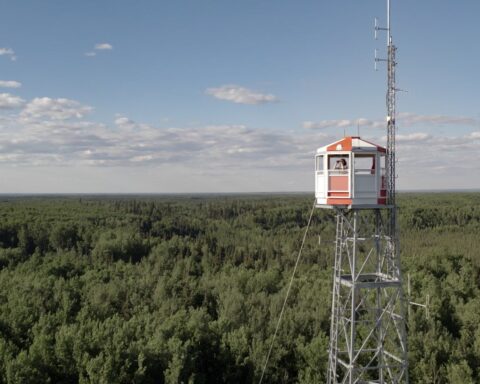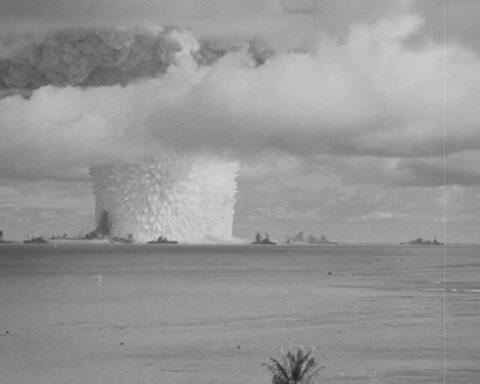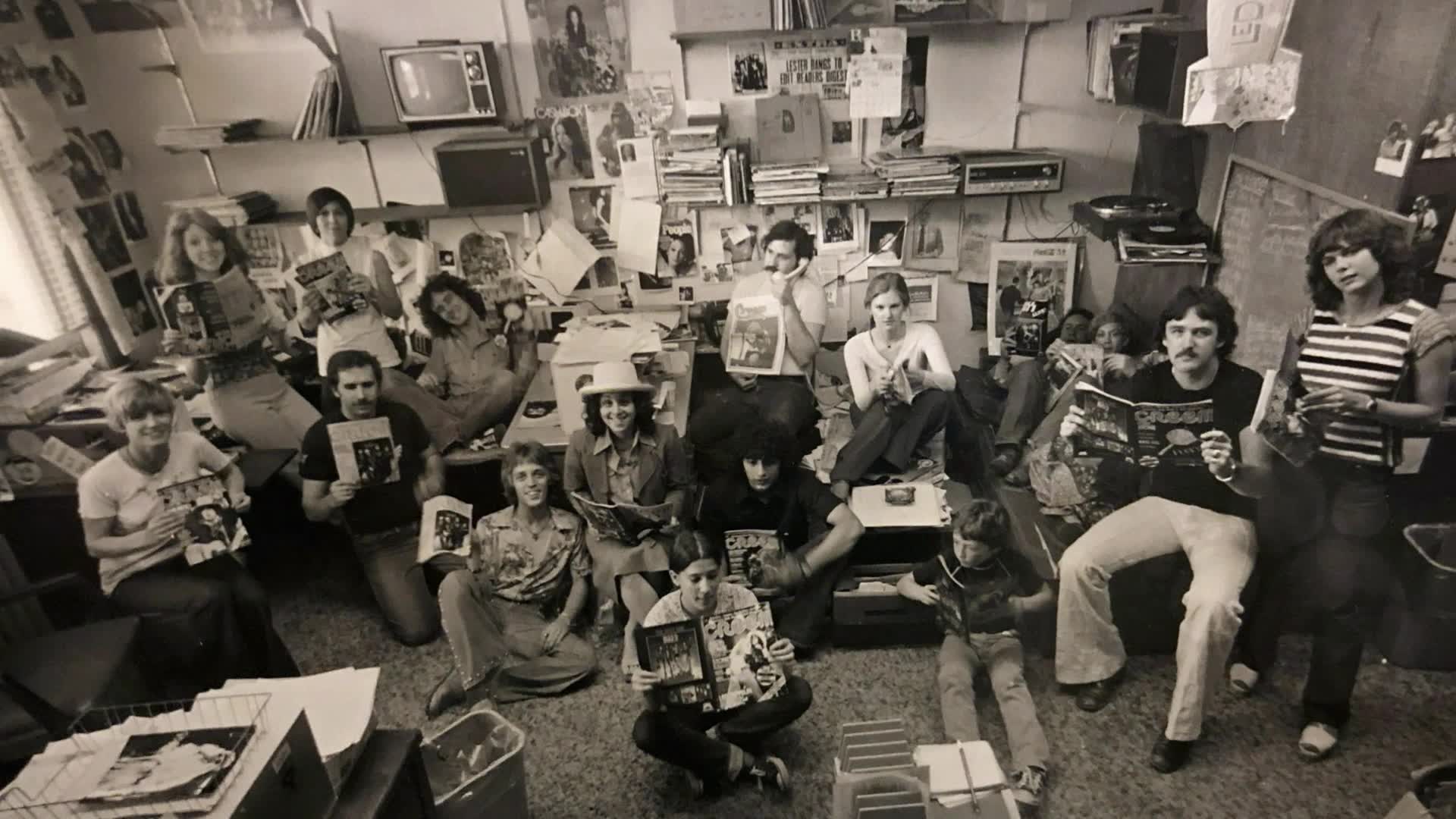The Great Green Wall
(UK, 92 min.)
Dir. Jared P. Scott
Imagine growing an 8000 kilometer wall of trees blocking off the sands of the Sahara from the rest of Africa. It’s beginning to happen now in the Sahel region, just below the Desert, with African nations participating from the Atlantic Ocean to the Red Sea. The area is one of the most threatened in the world, with soil degradation being the foremost concern along with a myriad of other problems including drought, scarce agricultural resources and desertification. When you add climate change to the mix, inevitably social and political situations arise such as religious conflicts, radicalization of youths, and a growing number of people attempting to flee the region altogether.
Supporting this idealistic project are the group of filmmakers and musicians who created the documentary The Great Green Wall, which begins streaming today through Hot Docs. Taking the leading public role is one of the Executive Producers, Fernando Meirelles, the acclaimed Brazilian director whose credits include City of God, The Constant Gardener and most recently, The Two Popes. Maybe it was making a film about the living popes that’s done it: Meirelles seems to want to change the world. Working with him on the film are a host of producers and directors, including Jared P. Scott, a relative neophyte as a director, who has worked as an editor and writer with Noam Chomsky and environmentalist Bill McKibben and garnered an Emmy for directing the climate change doc The Age of Consequences.
Scott, Meirelles and the rest of the team chose wisely when they picked the story and lead activist for the film. The Malian singer Inna Modja, who has recorded hits in France, is an articulate and attractive performer who has spoken out against female sexual mutilation in the past. Her quest in the film is to take us on a personal journey from Senegal and Mauritania through Mali and Burkina Faso into Nigeria and through Chad and Sudan before ending up in Ethiopia. Modja wants to promote the wall of trees and finds the perfect angle—she’s arranged for musicians she likes to record an album with her on the eco-tour. One of the great pleasures in the film is the music: there’s lots of it, ranging from Malian blues to African hip-hop.
Throughout Modja’s trip, we get some sense of the differences between, for example, Nigeria and Chad or Mali and Ethiopia. Each country has its own look and sets of problems ranging from eco-disaster (Chad, where its famous lake is drying up swiftly) to religious insurrection (Nigeria and Mali.) Some of the countries speak French while others English, due to their colonial heritage and bewildering mix of tribal languages. Luckily, Modja speaks both
Throughout Modja’s trip, we get some sense of the differences between, for example, Nigeria and Chad or Mali and Ethiopia. Each country has its own look and sets of problems ranging from eco-disaster (Chad, where its famous lake is drying up swiftly) to religious insurrection (Nigeria and Mali.) Some of the countries speak French while others English, due to their colonial heritage and bewildering mix of tribal languages. Luckily, Modja speaks both fluently.
However, we rarely get a true sense of the various countries. Perhaps there are too many to cover but the film—and Modja—avoid being incisive in their analysis of the whole region. Any problem, including the planting of the wall of trees, tends to be concluded with a generous positive statement along the lines of “if we work together, we can conquer this.” A nice sentiment but the realities of the countries in the film need to be dealt with by more than pretty platitudes.
There is one sequence that does touch on the cruel nature of life in the sub-Sahara. Modja talks with a couple of men who tried to move to Europe and nearly died in their attempts. Now, they’re truly homeless, afraid to return to their own countries, where they would be confronted by their families with their failure. Modja cries at the end of this episode and well she might: there is no easy answer for them. If things don’t get better soon, some sources (acknowledged by the filmmakers) state that 60 million people may try to flee by 2050.
The Great Green Forest is an idea that no one with a heart couldn’t endorse. But, just like the film, there is a lot of hard work that has to come before the wall can even happen. Money is needed and so are stable governments, which will continue this unique multi-national alliance. Some environmentalists question the actual idea itself, pointing out that several cooperating nations are cutting down trees in other parts of their countries.
The film doesn’t deal with these and other concerns. Let’s hope that supporters of the wall are right that the project is possible—and that it will change the environment in a good part of Africa. One thing is sure: Inna Modja is a wonderful ambassador for the idea and a great lead for the film. For more information on the project, visit The Great Green Wall.
The Great Green Wall begins streaming today in select virtual cinemas.











